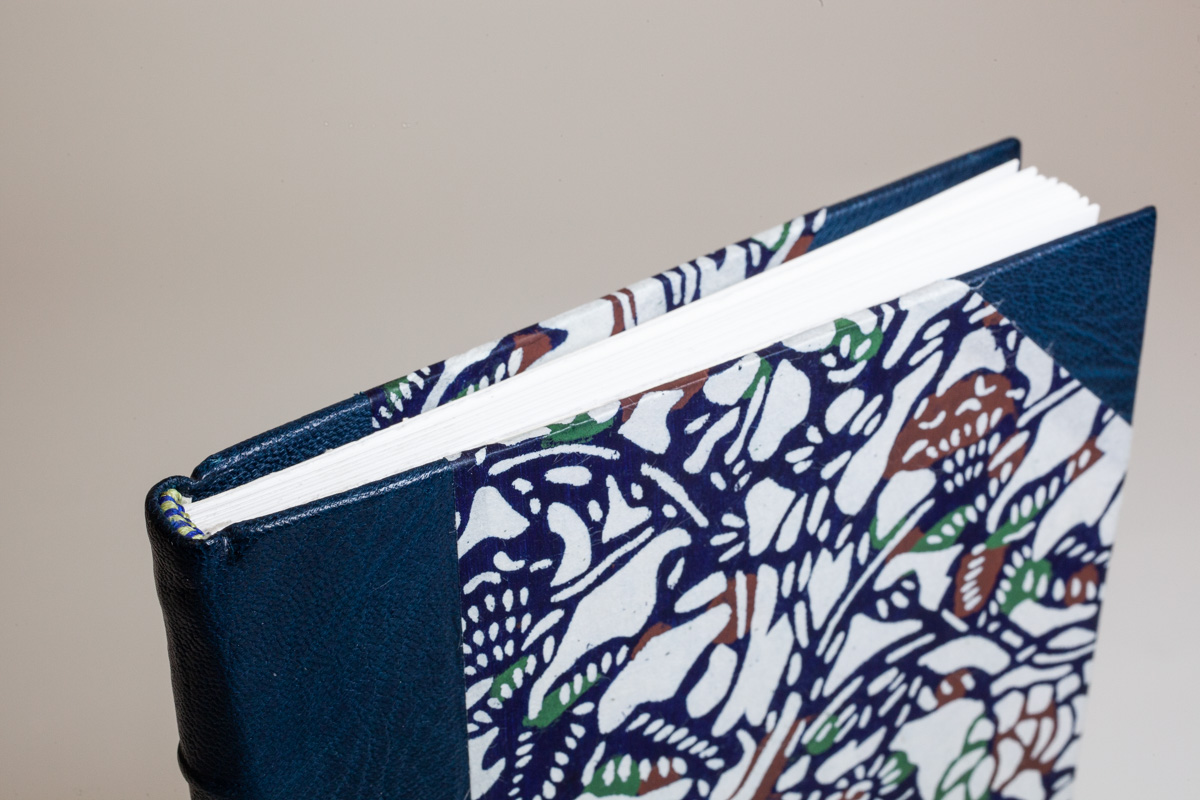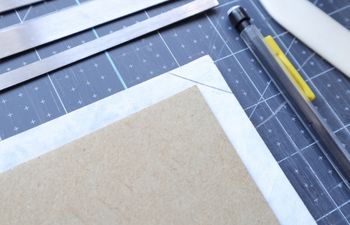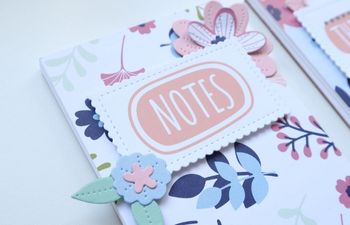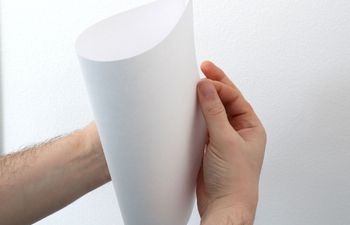If I could pick one topic that has confused many bookbinders, it would be the difference between full, quarter, three quarter (3/4) and half leather binding types.
The definition is pretty straight forward:
“In a leather binding, the spine and a fraction (x) of the book cover is protected by leather. The fraction (x) is equal to the total surface area covered in leather.”
If we follow this, then a half leather binding (where x = 1/2) refers to a book where at least half of the book’s front cover surface is protected in leather.
Still seems pretty easy, right? But if it’s so simple, why do so many bookbinders get it wrong? It has a lot to do with the brain’s tendency to make assumptions based on visual input.
People will often call the binding by how it looks, not by how much leather is actually covering the surface.
For example, some binders will accidentally mistake a half leather binding for a three quarter bound book. At first glance, they count 3/4 leather pieces on the cover. This gives them the false impression that it must be a 3/4 leather bound book. In reality, both the half and 3/4 bindings have three pieces of leather on the covers. The difference is determined by what percentage of the book is actually covered in leather.
In this post, I’ll cover the four types of leather bound books and share some reference images and illustrations to help you identify each type at a glance.
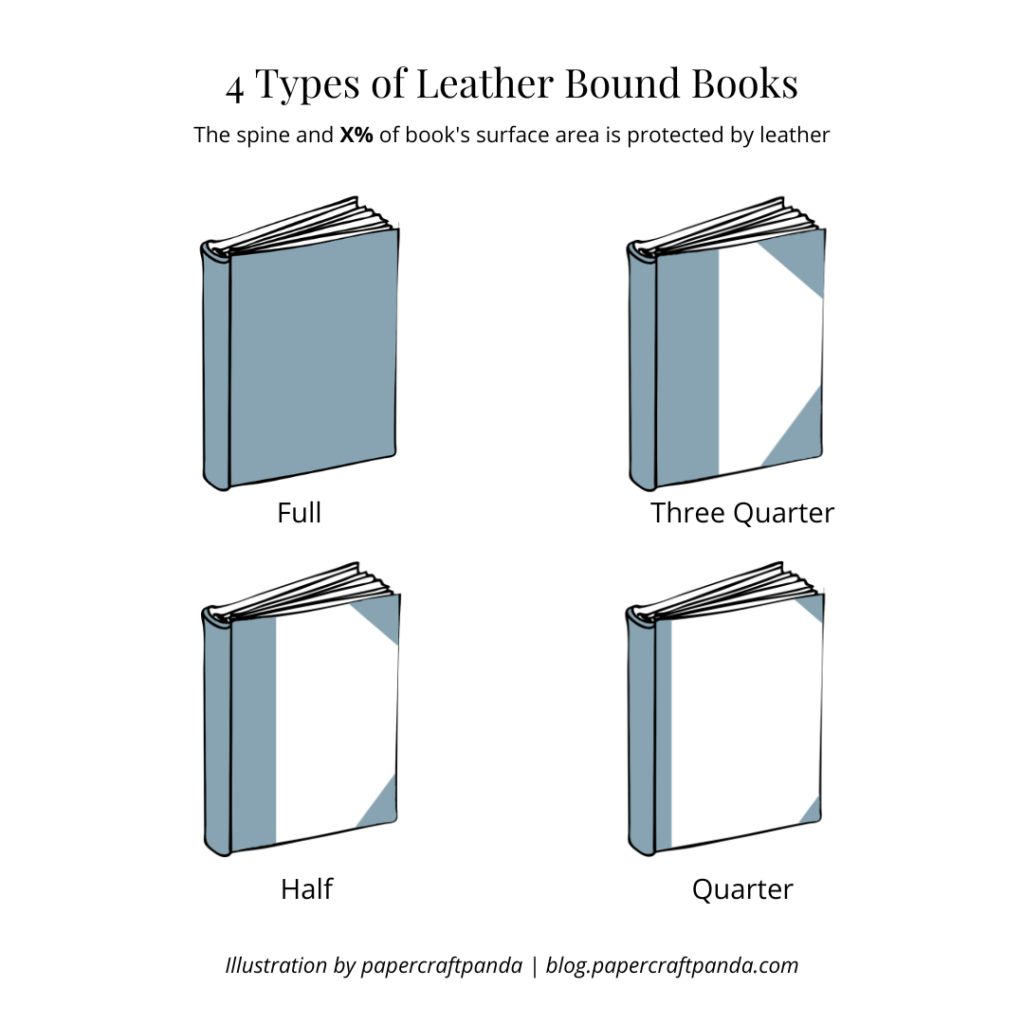
Full leather binding
The full leather binding is the easiest to spot, so we’ll start here.
A full leather binding has 100% of the book’s outside covers and spine protected by leather.
Here is a great example of a full leather binding created by fellow bookbinder Nate McCall of McCall Co. Bindery & Book Arts. Nate specializes in full leather bindings that feature incredibly ornate tooling detail. He uses the finest leather to cover his books so they’re as beautiful as they are protected. Go check out Nate’s Instagram and be prepared to be blown away by his work… Seriously…. it’s crazy good.
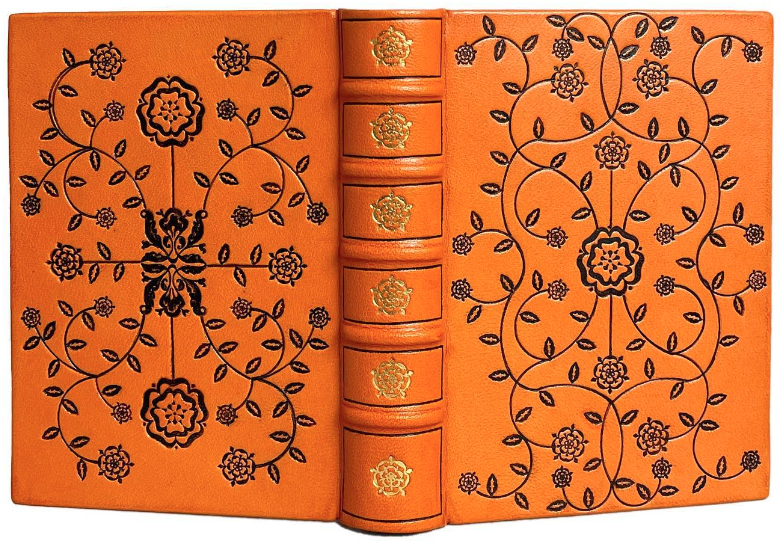
Three quarter (3/4) leather binding
For a 3/4 leather binding, the entire spine and at least 75% of the cover is protected by leather. This includes the spine + part of the board and both corners.
To cover 75%, a binder may choose to make the area near the spine wider than the area covered on each corner or they may be equal parts in division. To break up the surface equally, we use a pair of spring dividers. The easiest way to spot a 3/4 bound book is to focus on the uncovered 25%. This portion will appear quite small compared to the covered area.
Here is an illustration of the 3/4 leather binding plus a rough example of an old book covered in this style.
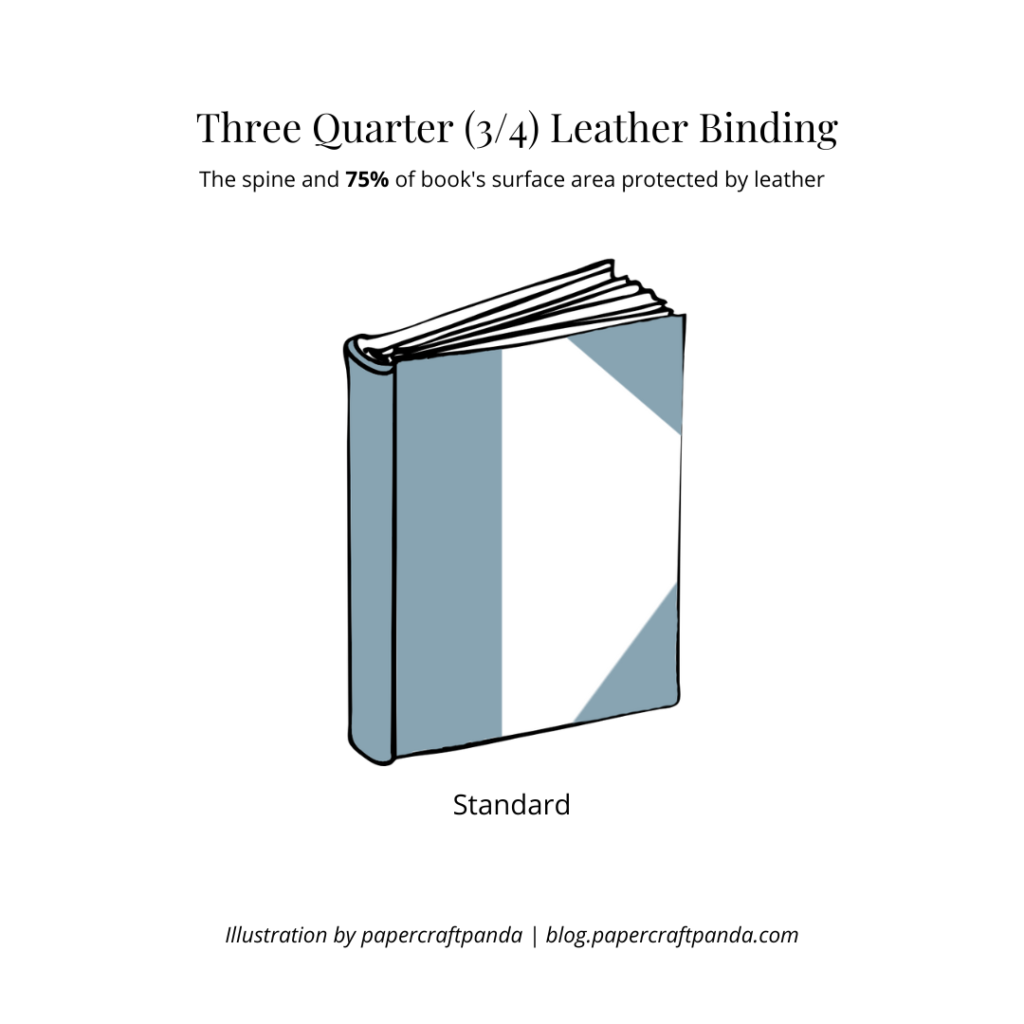
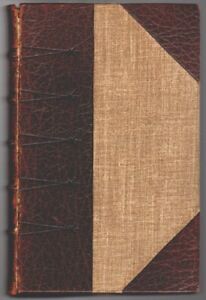
Half leather binding
For a half leather binding, the entire spine and at least half (50%) of the cover is protected in leather.
These bindings are often confused with the 3/4 leather binding because they look very similar in that the spine and corners are usually covered. If you look closely, however, you’ll notice the uncovered area is much larger than that of the 3/4 leather binding.
While the spine and corners are traditionally covered in this style, there are a lot of different ways to achieve the 50%. Here are two examples I see quite often, plus a great real life example by my awesome classmate, Justin, that features black leather and lovely marbled paper.
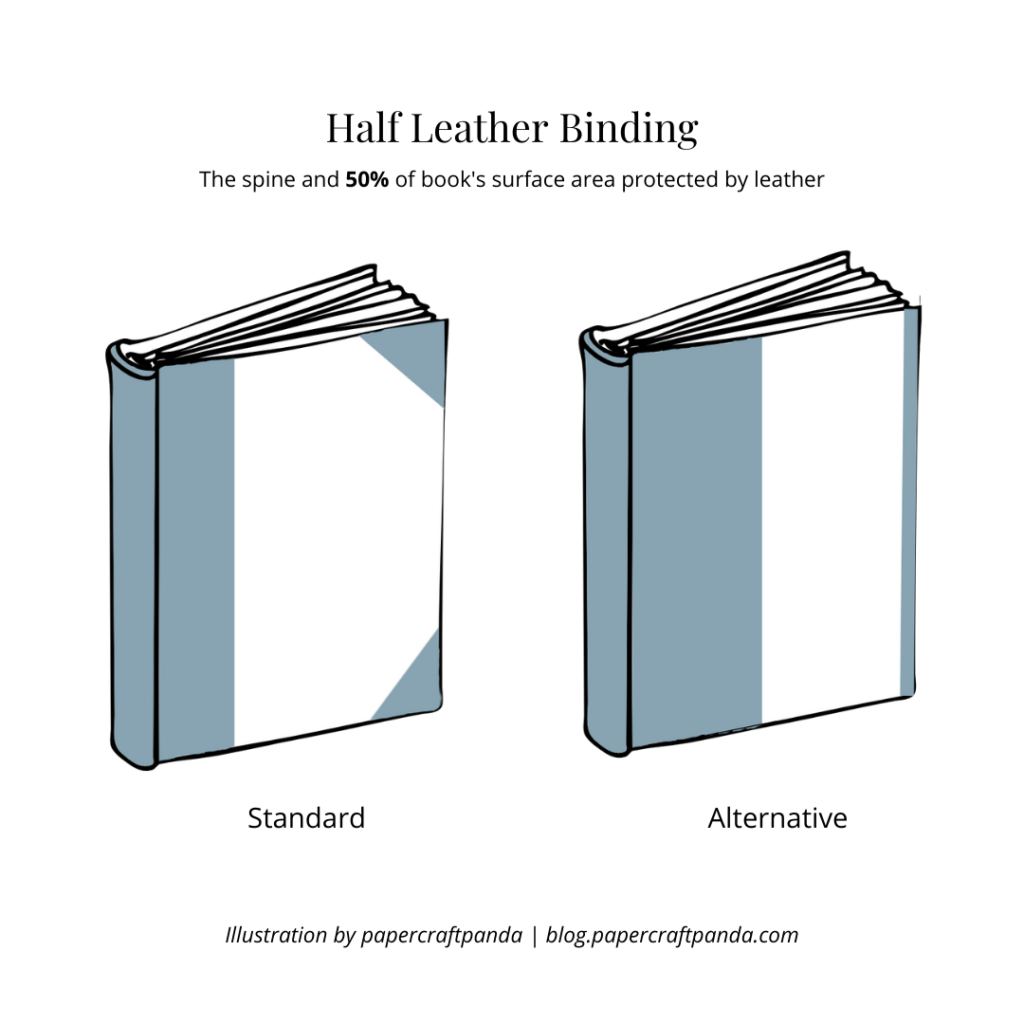
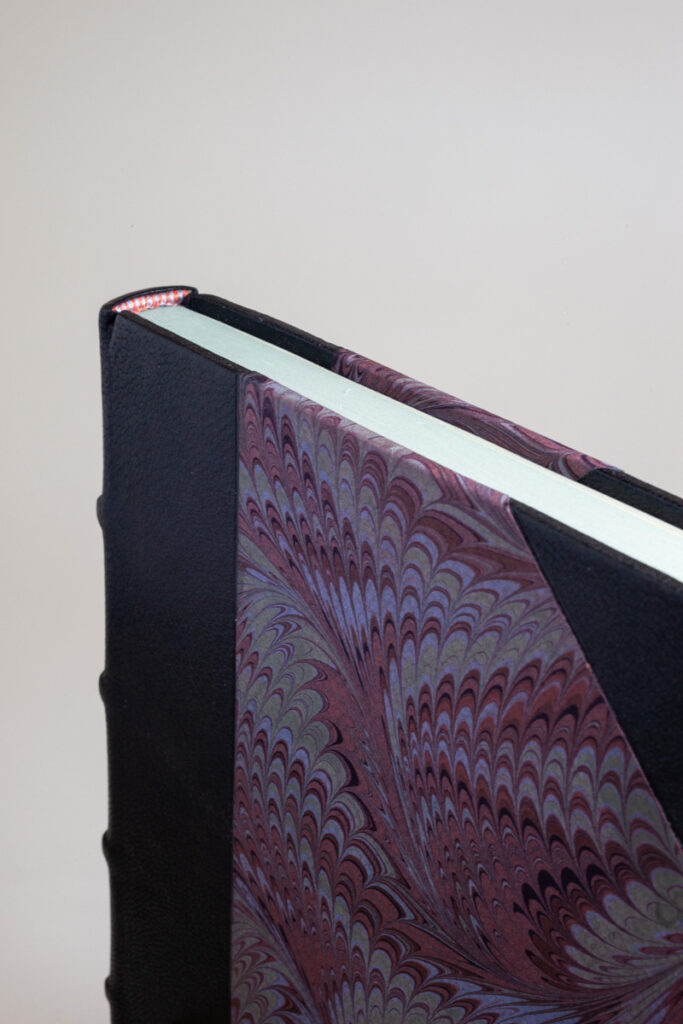
Quarter leather binding
Quarter leather bindings showcase the least amount of leather. For these bindings, only 25% of the book cover is protected in leather. To achieve this, the binder will usually cover the entire spine and either both corners or the fore edge in a strip of leather. I’ve even come across a book or two where the head/tail edges include a thin strip of leather instead of the fore edge.
Here are two versions I see often, plus an example of one of my fellow classmate’s books. The classmate, Eli, covered the fore edge of his book in a very thin strip of bright green leather. He also did an amazing job!
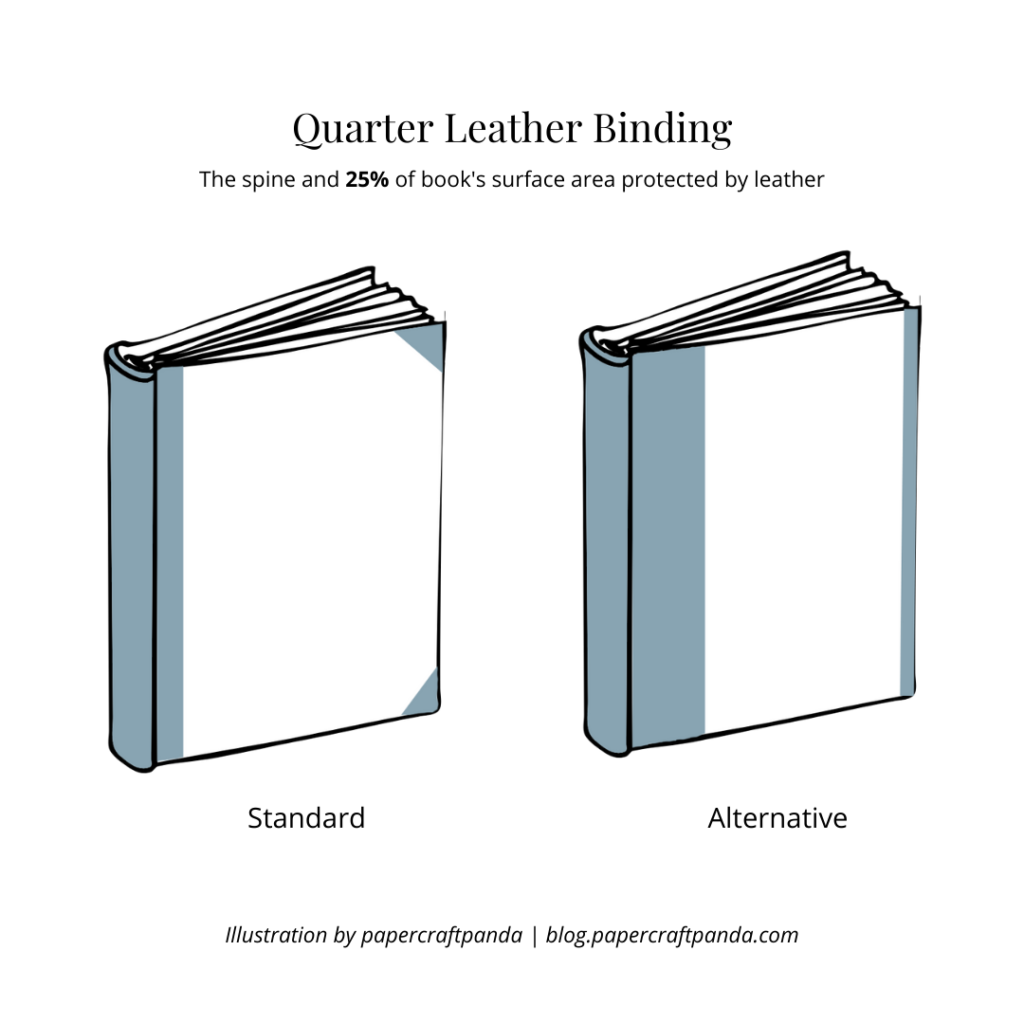
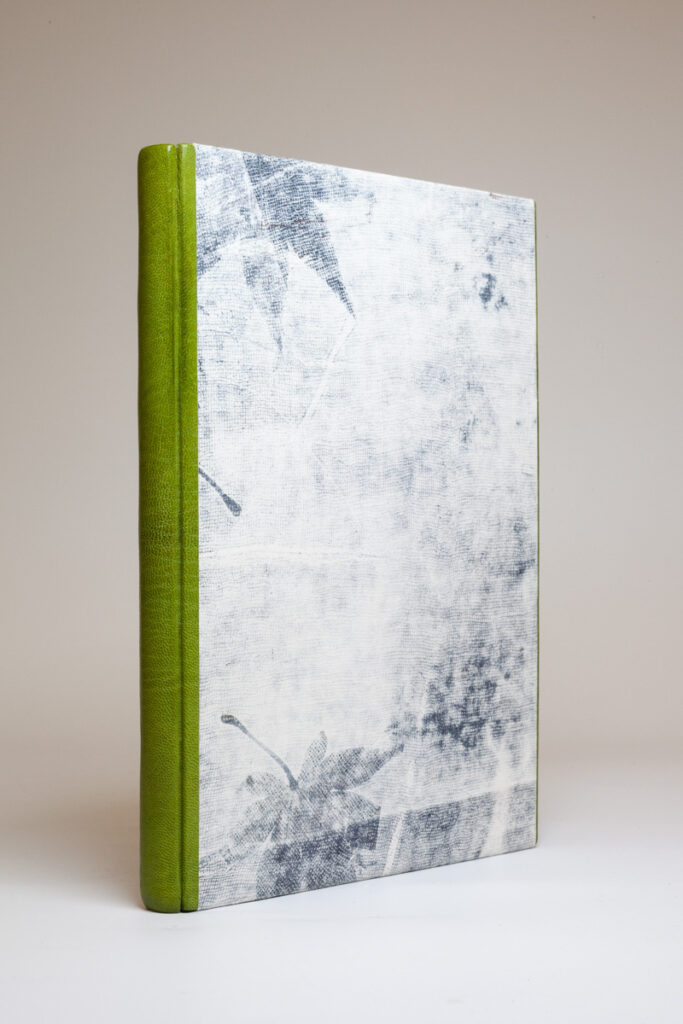
These are just guidelines
While it’s helpful to categorize books by how much leather protects the cover, it’s not necessary. Your book, like mine below, may feature 35% of the cover protected by leather. If the book is neither quarter (25%) or half (50%), then what will you call it?
Answer: a book. You’re gonna call it a book, because that’s what it is. You could even call it a leather bound book if you’re feelin’ fancy.
When I started making this book, I intended to cover half of the surface area in leather. After applying the leather, however, I ran into an issue. As the leather stretched (this happens when it gets wet), the very thin edge tore slightly. A tiny hole appeared and I had no choice but to cut back more of the leather next to the spine than originally intended. In the end, I had about 35% coverage. To me, it’s closer to a quarter leather binding than a half, but it really doesn’t fit in either group.
For now, I’ll categorize it as awesome.
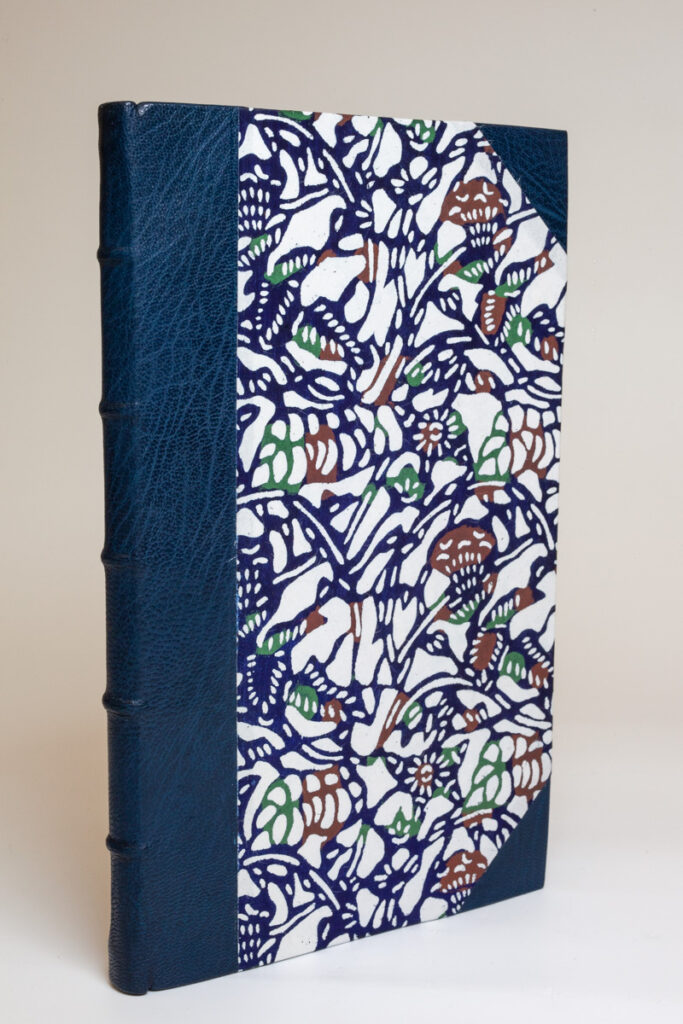
Resources
I hope you enjoyed this in-depth chat about various leather binding types.
Please subscribe to my newsletter (if you haven’t already) and let me know what you think. I often converse with my subscribers each week about the latest topics and help answer questions and make recommendations. I can’t wait to welcome you into the community!
Here are some of the links mentioned in this post:
- Nate McCall’s website: McCall Co. Bindery & Book Arts
- Nate’s Instagram
- Spotlight: My Favorite Spring Divider for Bookbinding
Are you new to bookbinding?
Check out my New Bookbinder Guide for helpful information or read my post, 3 Amazing Learnings from My First Visit to the American Academy of Bookbinding.
Thanks so much for letting me share this with you today. I hope it was entertaining, if not helpful. Be sure to follow me on Instagram for the latest news + technical videos I only post on that platform.
ALL my best,
Misty
